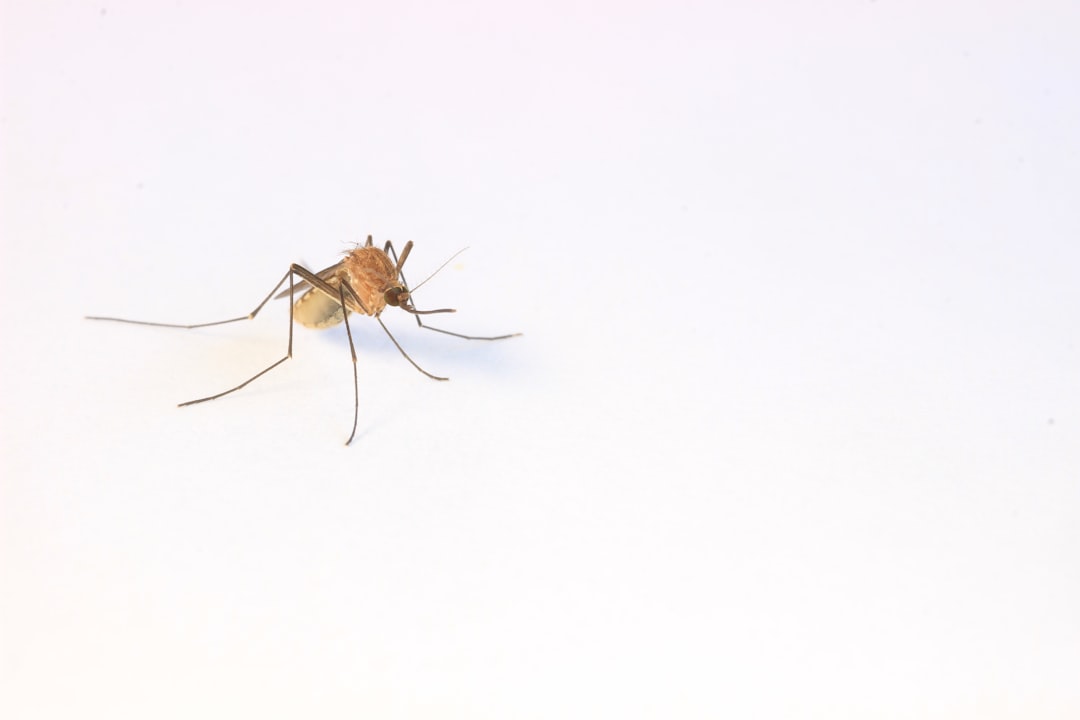What is it about?
Living systems constantly remove old pieces and replace them with new ones. This ceaseless renewal, in combination with self-organisation, enables them to either preserve their dynamic internal organisation or remodel it completely. Reconstituting this combined behaviour in synthetic life-like systems remains an ongoing challenge. In this study, we coalesce isolated cytoskeletal proteins that self-assemble into filaments. With the molecular motors' help, the filaments actively self-organise. The organised network of filaments eventually develops a structural memory that can be maintained and used for its renewal. Importantly, we can also erase the memory, allowing the system to remodel completely.
Featured Image

Photo by Rene Böhmer on Unsplash
Why is it important?
We demonstrate the emergence of dynamic structural memory, an essential condition for developing adaptive materials: systems with concurrent stability and plasticity. But the implications are broader. Our in vitro system is a simplified model for understanding the mechanism ensuring the consistency and development of the intracellular organisation.
Perspectives
We have long presumed the rules that provide stability and plasticity for living systems, but we struggled to reconstitute them in a minimal in vitro system. Here we managed it using cytoskeletal proteins, and we hope that our observations will inspire research in various fields such as synthetic cells, single-cell behaviour, or intelligent materials.
Ondrej Kucera
CEA
Read the Original
This page is a summary of: Actin–microtubule dynamic composite forms responsive active matter with memory, Proceedings of the National Academy of Sciences, July 2022, Proceedings of the National Academy of Sciences,
DOI: 10.1073/pnas.2209522119.
You can read the full text:
Contributors
The following have contributed to this page










